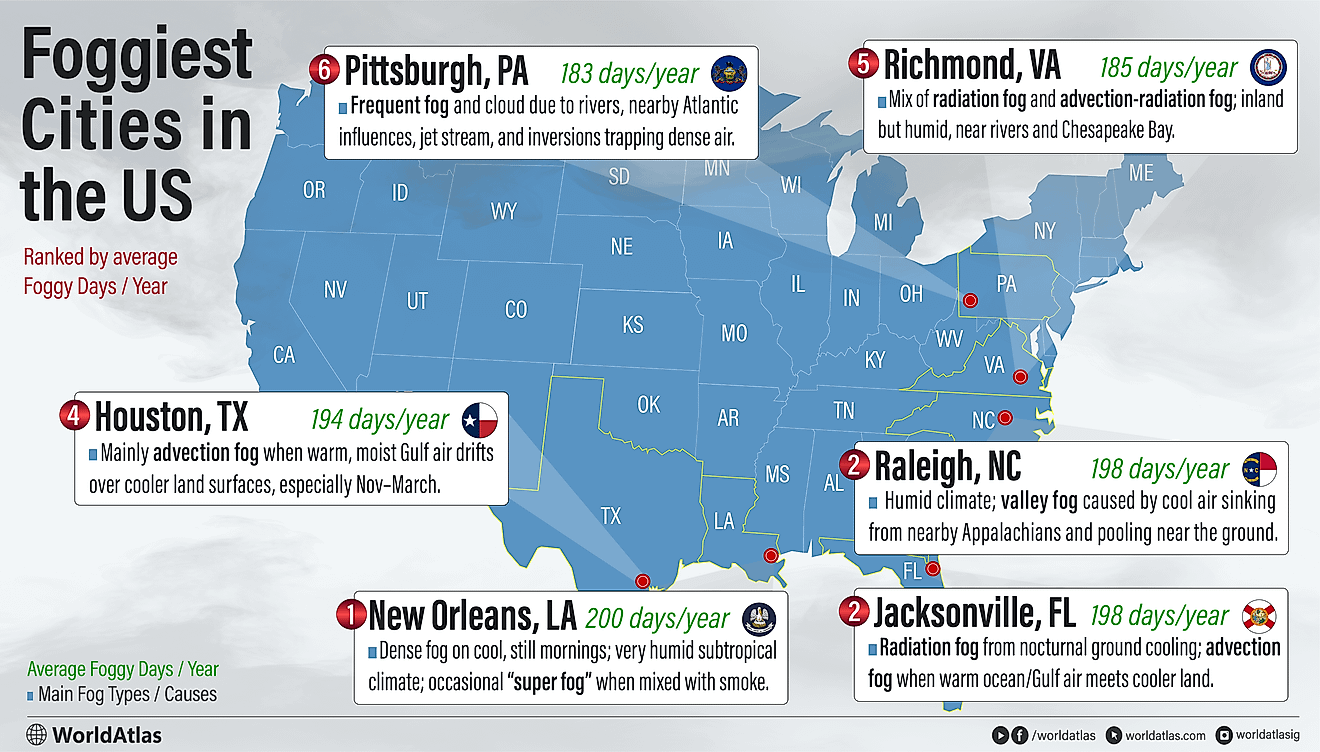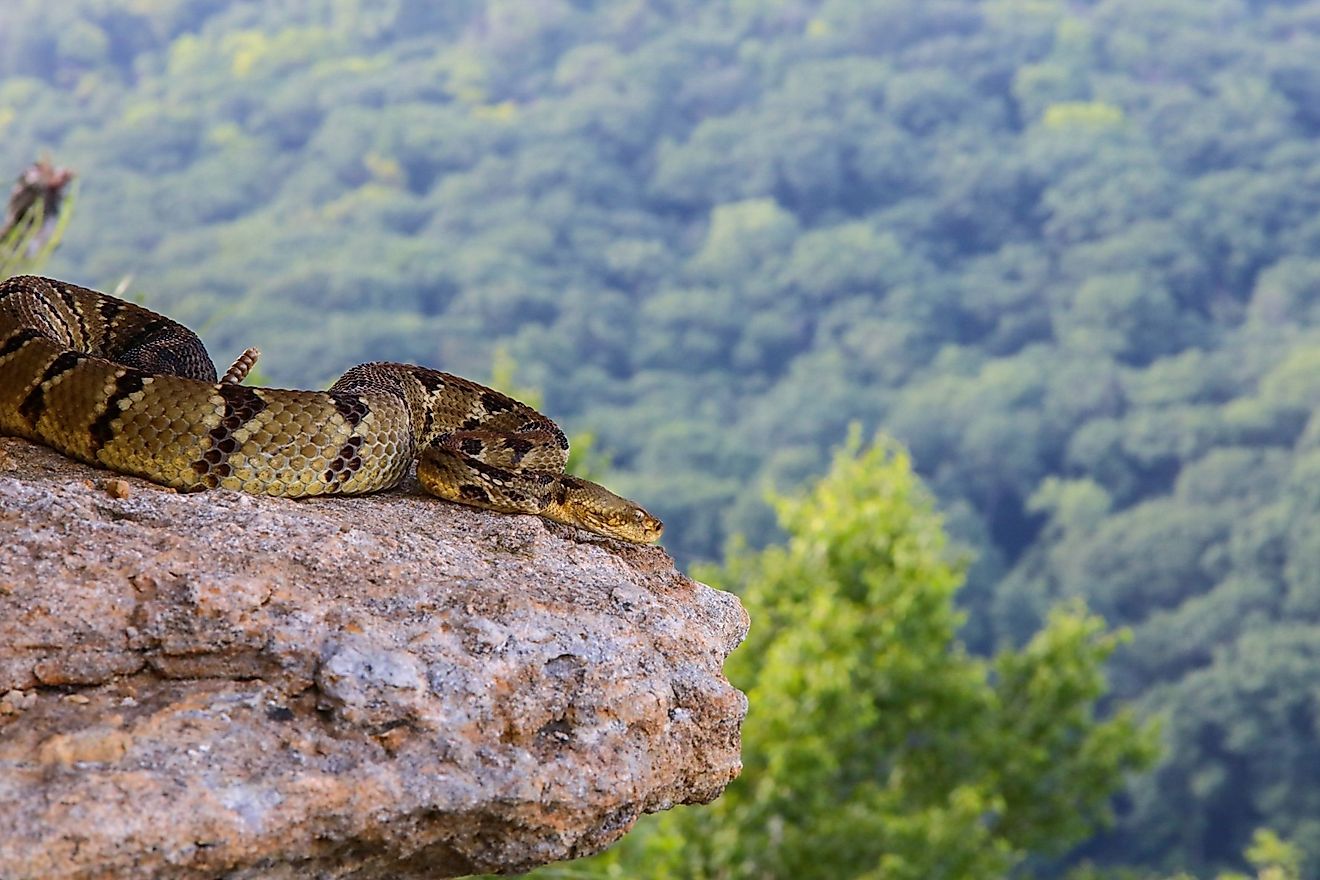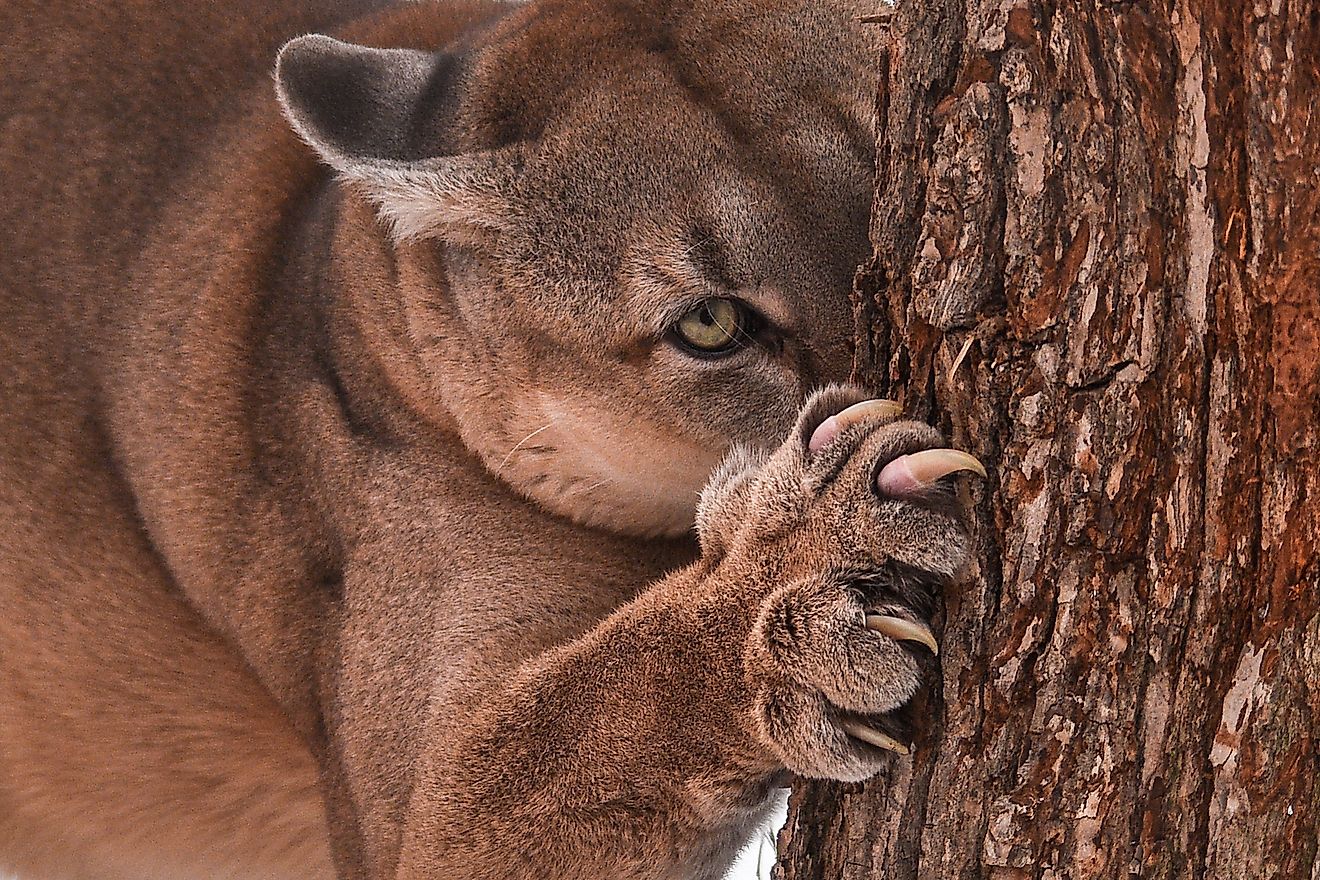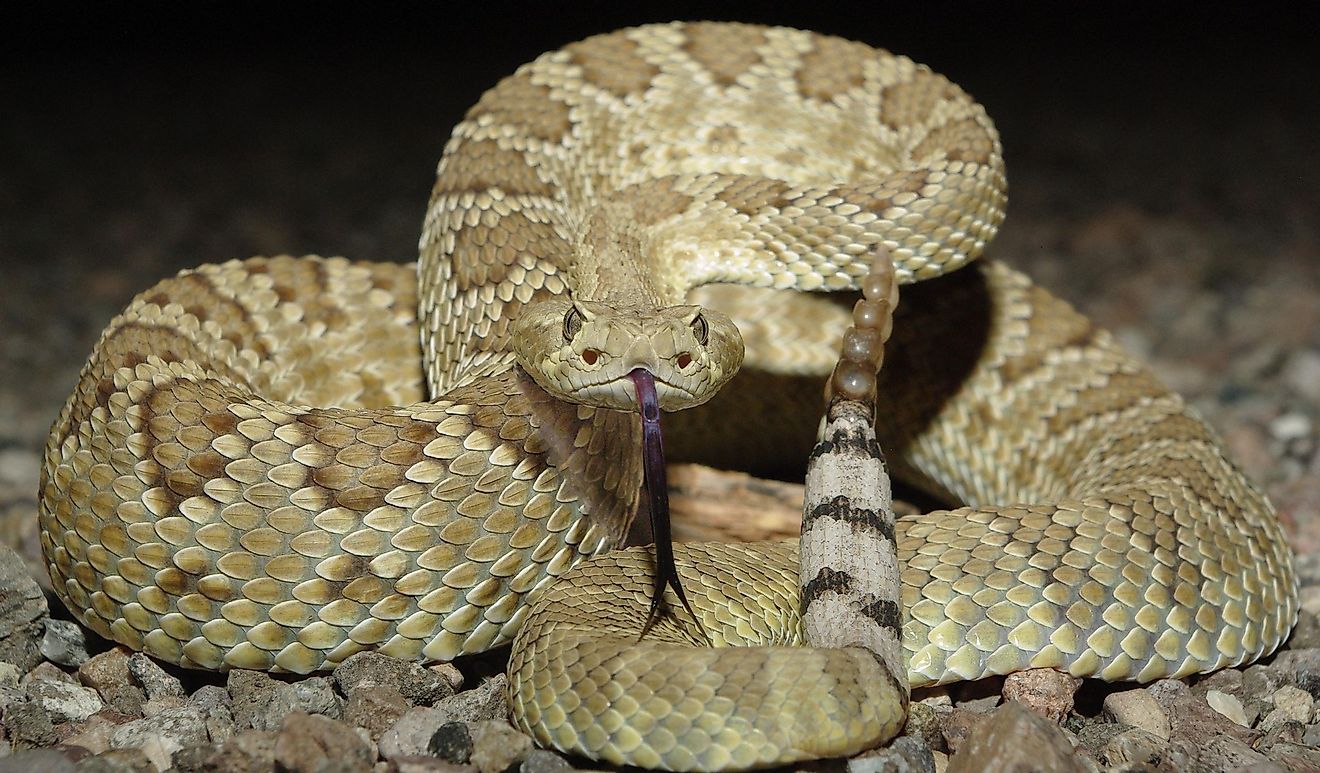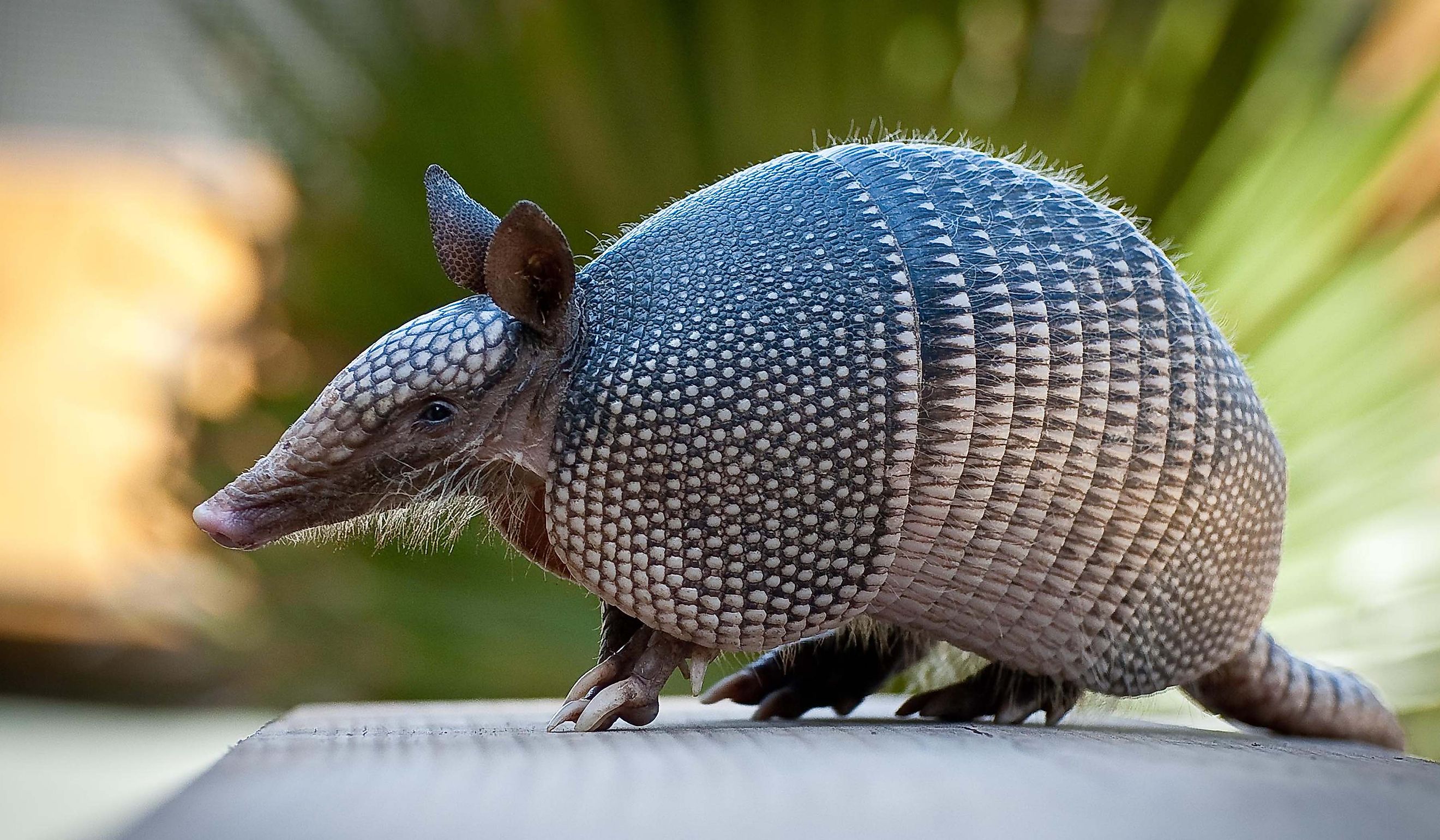
Texas State Animal Showdown: Nine-banded Armadillo vs. Ocelot
One is an armoured small mammal with a hard shell and a taste for grubs. The other is an endangered wild cat with an eye-catching spotted coat. The Nine-Banded Armadillo and the Ocelot are both Texas natives, but which has the stronger case of being the state’s official animal? Below, we lay out the facts for each, assessing the merits of each contender from their habits and habitats to their conservation status and threats.
Armadillo: The Official Texas State Animal
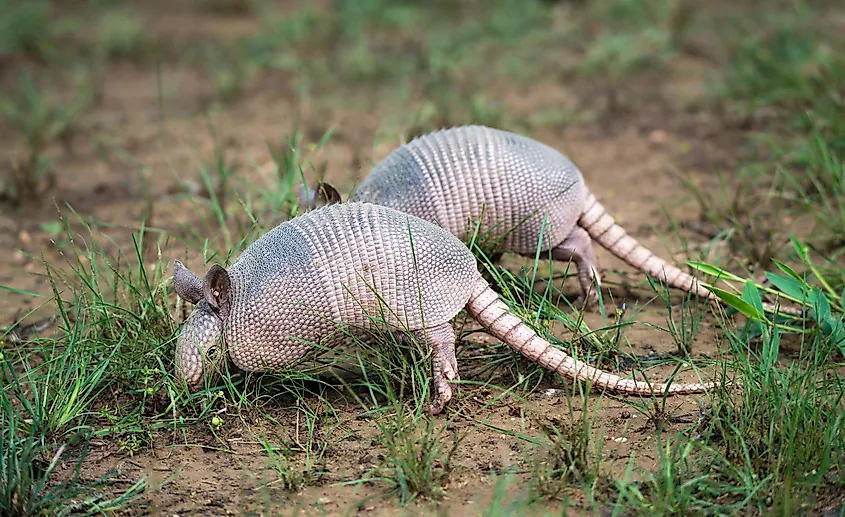
The Nine-Banded Armadillo is a longtime resident of South Texas, with records of it in the San Antonio River Basin as far back as the mid-1800s. Reclusive, solitary, and nocturnal, it’s not easy to spot an armadillo in the wild, but you can be sure they’re there. Armadillo populations in Texas are thriving, and they are found in all parts of the state, except the Trans-Pecos region.
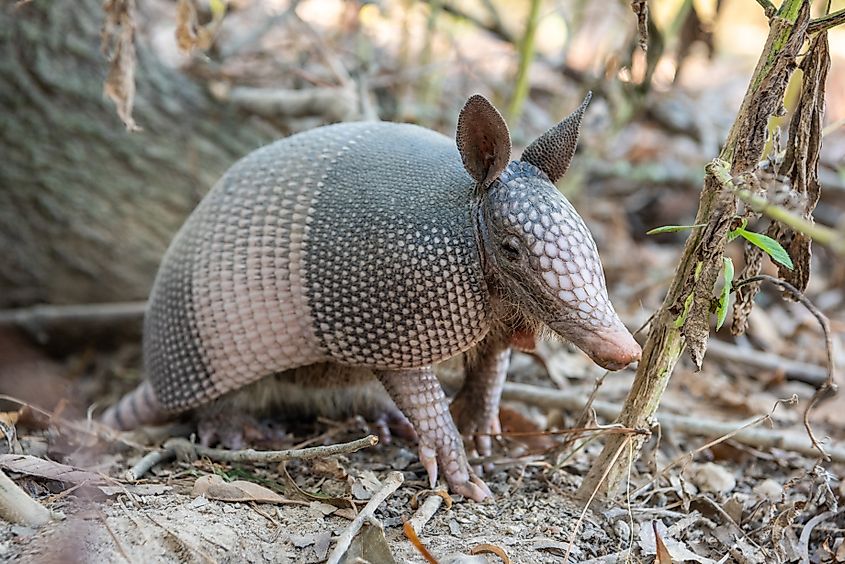
The armadillo feeds on beetles and other insects, as well as their larvae. They use their strong claws to dig through the ground to find their prey and are drawn to habitats near water where the soil is loose and damp. Despite their heavy armour, these fascinating mammals aren’t scared of water. They’ve developed a unique way of traversing waterways, walking along the riverbed if it's a shallow stream or, for bigger rivers, literally swallowing air to make themselves buoyant so they can float across. Using this method, they can inflate their stomachs to twice their normal size.
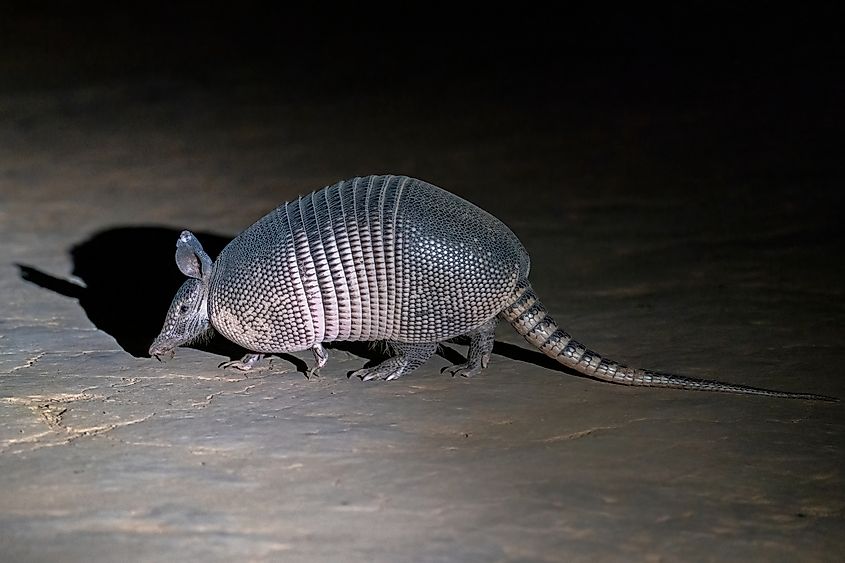
Known affectionately in Texas as a ‘dillo’, the shelled mammal has been embraced by its native state. It’s not unusual to find armadillo racing events at county fairs and, once a year, a prophetic dillo forecasts the weather in a Texan version of Groundhog Day.
In 1995, Texas schoolchildren led a successful campaign to have the armadillo named the official State Small Mammal. After holding the title for 30 years, the armadillo is a true veteran of Texas culture, but another contender has emerged that could steal its crown.
The Challenger
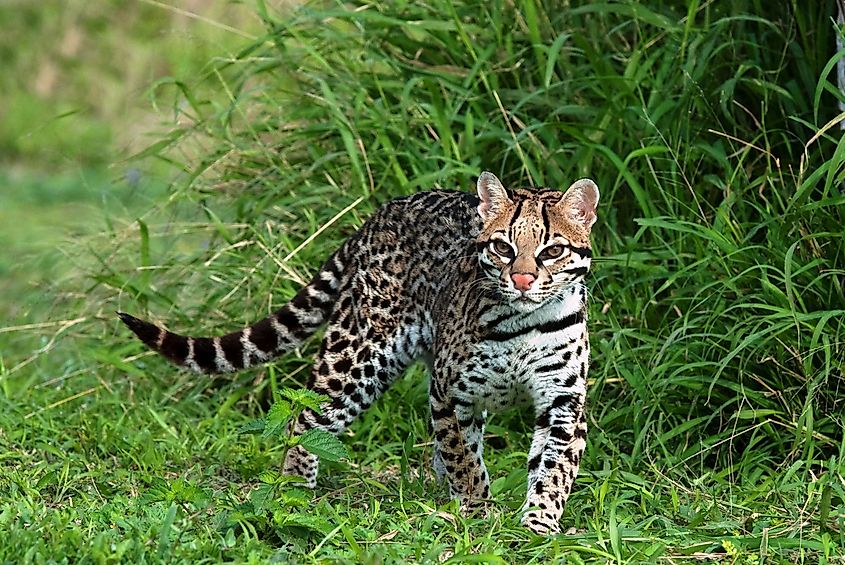
A member of the wildcat family, ocelots are smaller than bobcats but larger than your average house cat. They have a very distinctive pattern on their coat consisting of spotted rosettes on their body, with stripes around their face and dark rings on their tails. This spotted coat earned them the nickname ‘mini Jaguar.’
Ocelots may look cute and cuddly, but these cats are keen hunters. They have large fangs and sharp back teeth to tear into their prey. Ocelots feed on rabbits, rodents, fish, frogs, and can even climb trees to stalk monkeys and birds.

Ocelots live in densely shaded habitats where there is a lot of vegetation for cover. They’re found in the rainforests of Central and South America as well as the semi-arid forests of Mexico and southern Texas.
Armadillo vs Ocelot
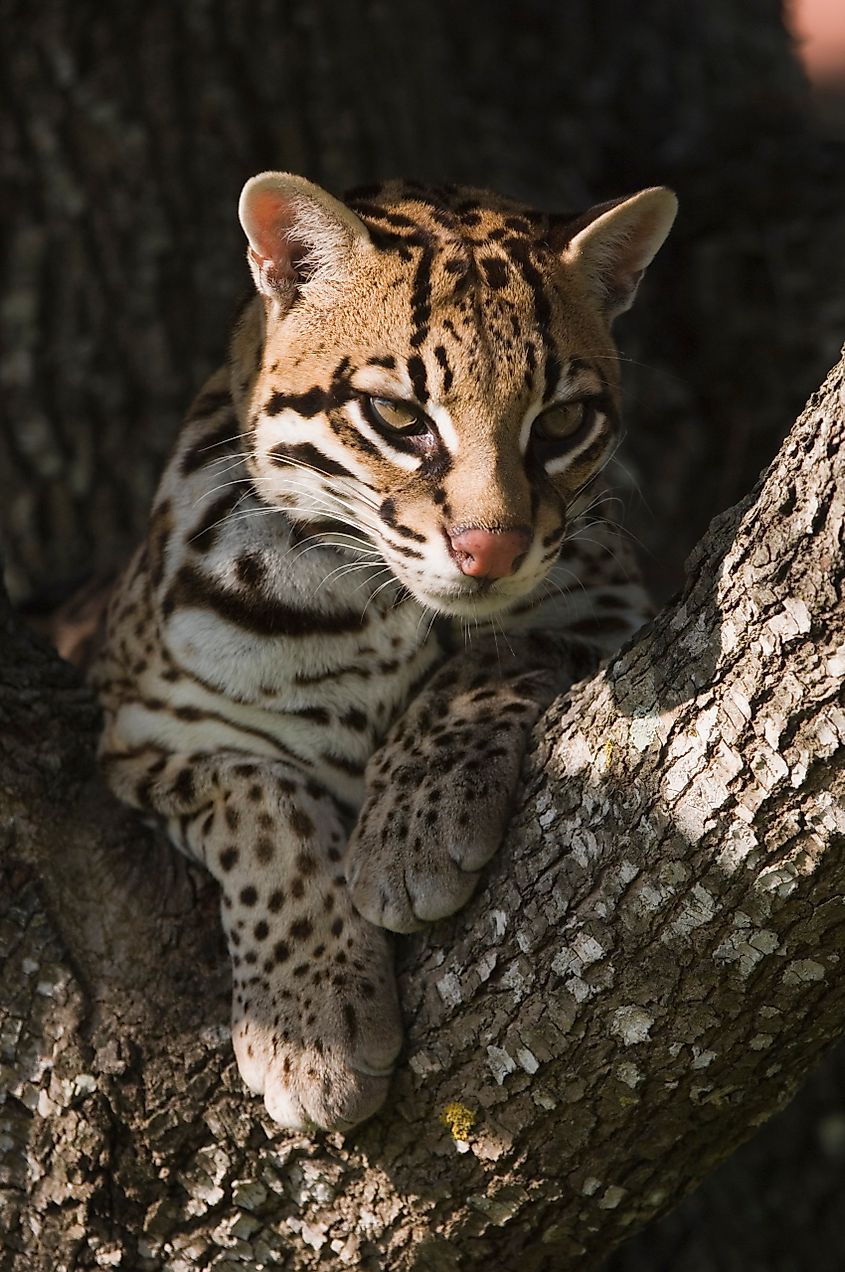
At first glance, armadillos and ocelots don’t have a lot in common. However, they’re not as different as you might think. Both are nocturnal mammals who are most active under the cover of darkness. Both prefer to avoid humans, who are solitary creatures by nature, living and hunting alone. Each species has been a resident of Texas for at least two centuries.
That’s where the similarities end, however. While armadillos are a part of waterside ecosystems and support riverine watersheds, they’re also known as a bit of a pest. These tenacious diggers have been known to rip up trees, shrubs, flowers, and even the foundations of buildings to get to their grubby meals.
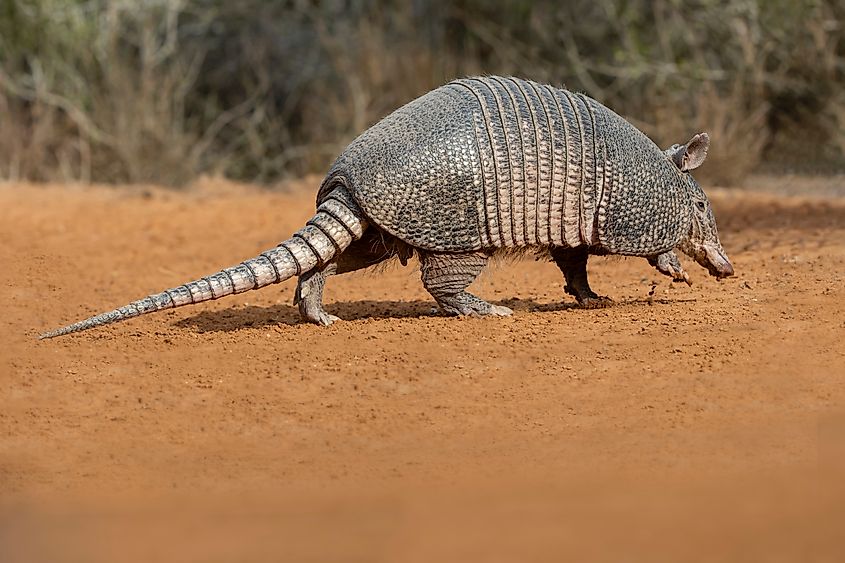
By contrast, most Texans have never even encountered an ocelot. That’s because they are rare in the state. Ocelot populations are dwindling fast, leading to concern among conservationists. The wildcats once roamed the southwestern United States in the 1800s but are now so endangered that scientists estimate there are fewer than 100 left. This small cluster resides in Texas, in the only two breeding populations left in the country.
Conservation Concerns
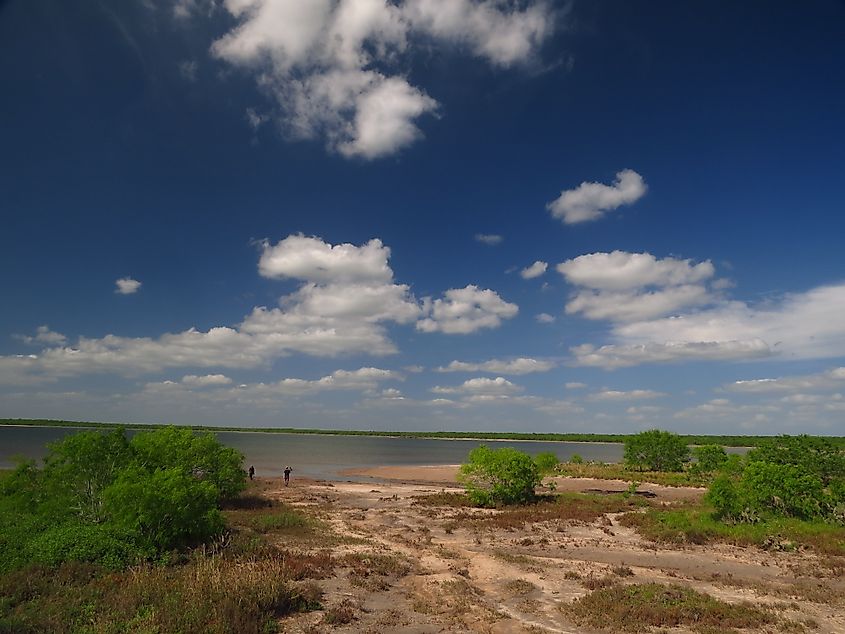
Ocelot populations plummeted in large part due to fur trading as their beautiful coat was a prized commodity. Human development and loss of habitat was also a contributing factor. It doesn’t help that the cats are slow to reproduce naturally, typically having only one kitten at a time and then devoting themselves to raising their young for a year.
While scientists work at providing reproductive care and finding successful ways to breed ocelots in captivity at Texas’ two breeding colonies, the Nature Conservancy is focusing on protecting ocelots in the wild.
By protecting and expanding the ocelot’s natural habitats, conservationists can ensure the animals have safe corridors through which they can roam a wide area. This habitat restoration program includes areas such as the Lennox Foundation Southmost Preserve, the Lower Rio Grande Valley National Wildlife Refuge, and the Laguna Atascosa National Wildlife Refuge.
The ocelot’s endangered status is the most compelling argument for making them an official Texas state animal. With more awareness of their plight and public support for conservation efforts, these beautiful wildcats could thrive again in the US. And it doesn’t even have to be at the expense of the Texas ‘dillo’. The Lone Star State currently has eight official animals; the ocelot could one day be number nine.



